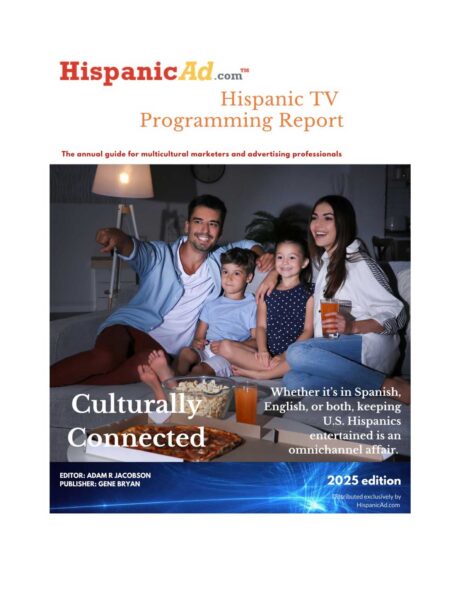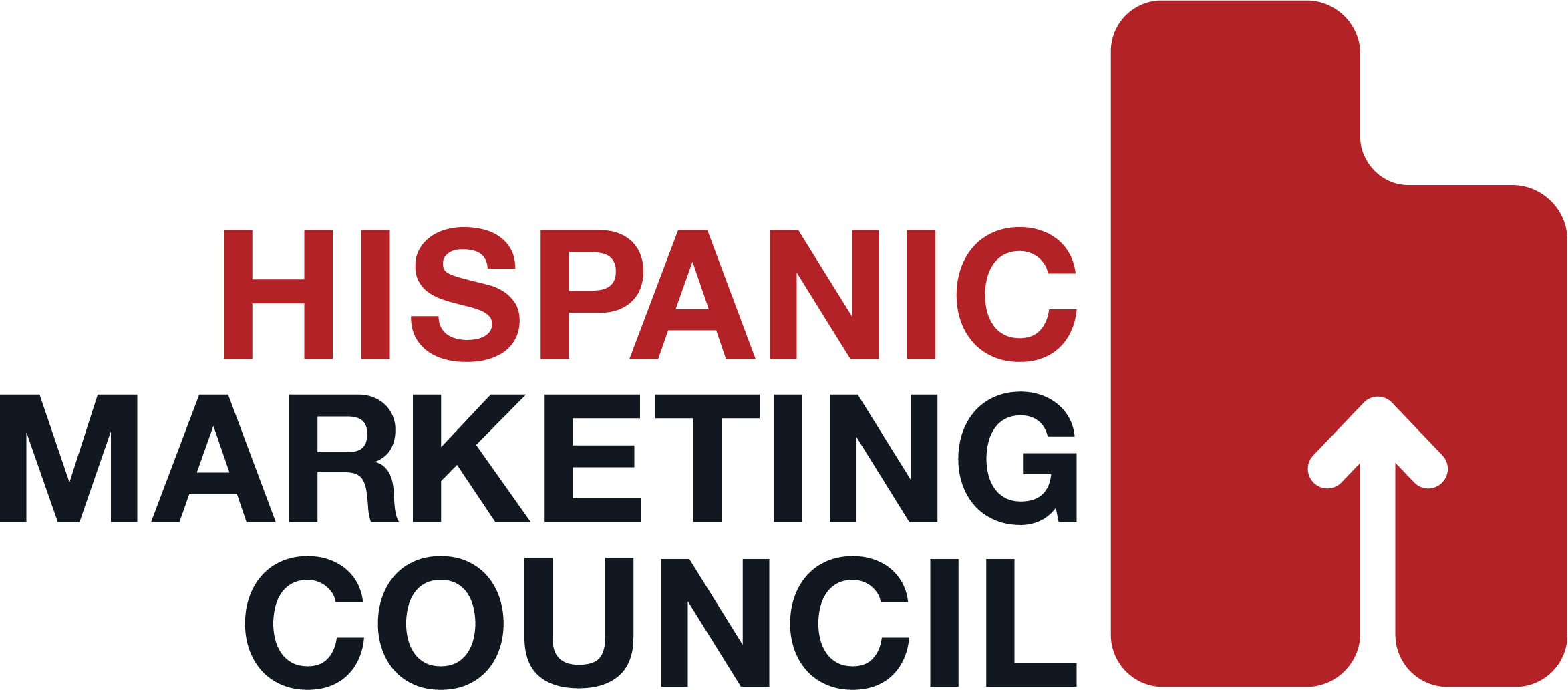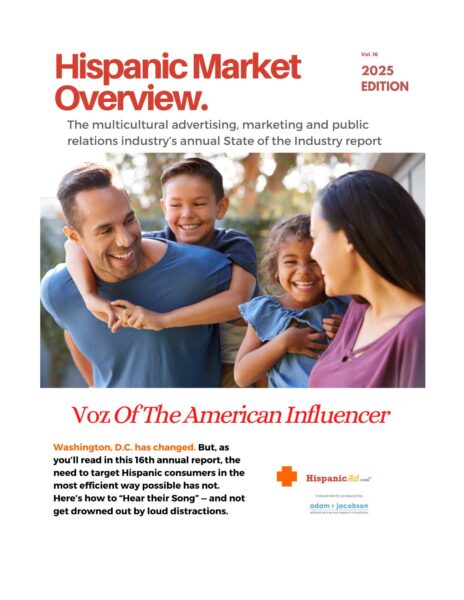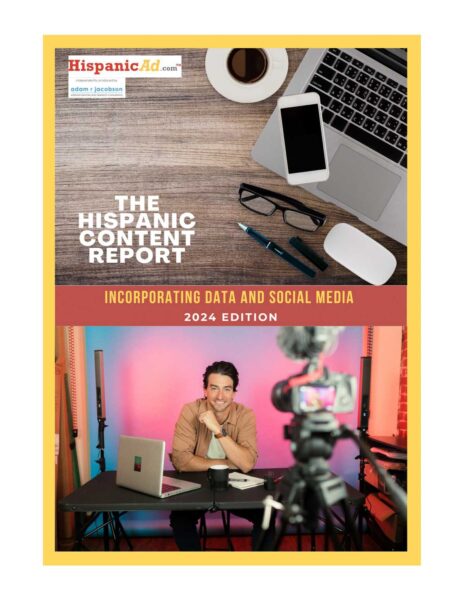Hispanic Identity and Marketing.
August 24, 2010
Cultural identity plays a major role in marketing specifically to the Hispanic population within the United States. It is important for marketers to understand the unique aspects of the Hispanic culture and how it is displayed in the everyday life of a Hispanic-American individual. What does the term “Hispanic” imply about this rising demographic and how can a deeper understanding of the term improve the bottom line of business? These are questions that can be answered by reaching out to the Hispanic community.
To better understand the Hispanic population and their purchasing decisions, one must understand the Social Learning Theory. According to Albert Bandura’s Social Learning Theory, “humans learn behavior from others through observation and modeling” (Korzenny & Korzenny, 2005). The Social Learning Theory is obvious in reference to the common Hispanic values found within family and family life. A female growing up in a Hispanic family is much more likely to follow the purchasing decisions of her mother.
For example, Paula Fara Goyanes is a female, Hispanic college student and her kitchen contains a much different array of food items. Paula actively seeks out different spices and sodas that were commonly used by her mother when she was growing up. Postobon soda and Adobo seasoning are commonly used by Paula and would not be found in a non-Hispanic college student’s kitchen (personal communication, 2010).
Another characteristic of the Hispanic culture is the need for social identity. Social identity plays a major role in advertising towards the Hispanic population. Obviously, Hispanic-Americans identify with each other first in most cases simply because of the way they were raised and the cultural perspectives they share. In terms of marketing and advertising, an ad is more likely to resonate with the Hispanic population if there is an “accurate understanding of the reference groups Hispanic consumers have in mind when making decisions” (Korzenny & Korzenny, 2005).
Specifically, another Hispanic college student named Alejandro Cabrera references his own family when considering the effects of Hispanics advertising a product directed towards Hispanics. He says that his family would be much more likely to relate to the product or service if it is presented within a Hispanic cultural context. Most of the time, this would include using actual Hispanics to market the product. There is more trust established for the product if other Hispanics are quoted as using and reaping the benefits from the product (personal communication, 2010).
Both Hispanic interviewees consulted for this paper consider themselves to be Hispanics. Paula believes that this may be a result of her being born and raised in the United States because if the same question was asked from her parents, they would answer by calling themselves Colombians (personal communication, 2010). Also, this question can take on new meaning depending on who is actually asking the question. A non-Hispanic person may not understand the relevance of being Colombian versus Cuban, so it is easier to respond as being Hispanic. However, it is important to not let this term become a broad generalization otherwise specific target audiences may be missed when marketing towards Hispanics.
In my opinion, the relationship between identity and consumer behavior is strong and influential. A person is more likely to be willing to spend the money on a product if they can relate to the product and the context in which it was presented. It is also important to remember the power of family in Hispanic purchasing decisions. There is a much a higher chance of a Hispanic-American buying a specific product if it has been used in their family home.
By Courtney Guler
Student
Center for Hispanic Marketing Communication
Florida State University
References
Korzenny, F. & Korzenny, B. A. (2005). Hispanic marketing: a cultural perspective, 63-72.





























